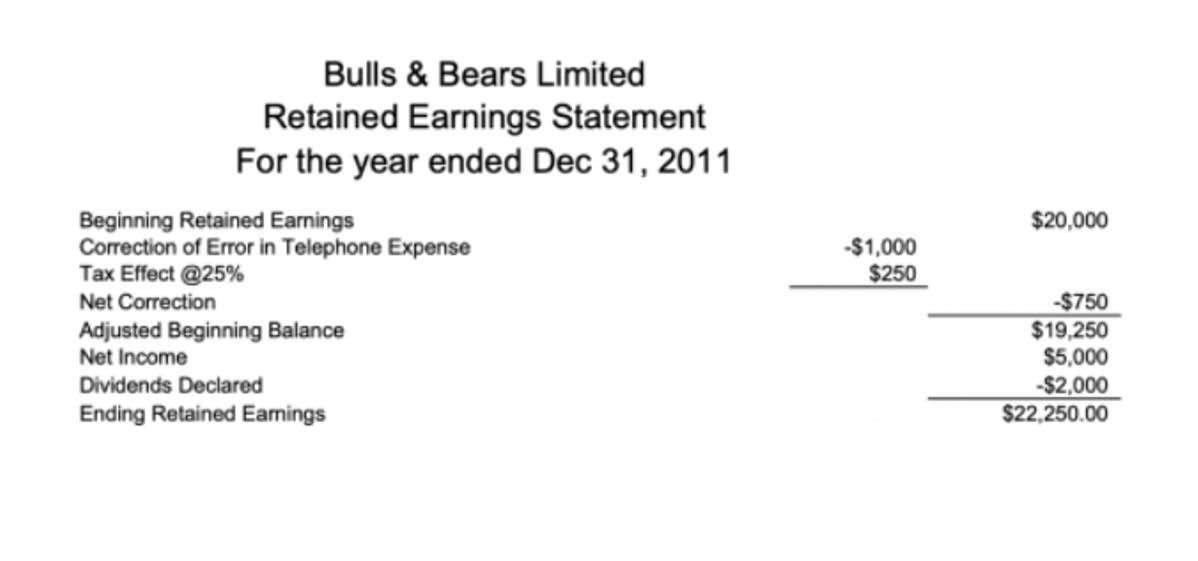
Moreover, predetermined overhead cost rates enhance budgetary control and financial planning by providing a clear framework for managing overhead expenses. They enable businesses to compare actual overhead costs with the estimated rates, identify variances, and take corrective actions if necessary. This proactive approach to overhead cost management supports better decision-making and resource allocation, ultimately contributing to the overall financial health and efficiency of the business.
Step 1: Add Up Your Estimated Overhead Costs

The rate is calculated based on the assumption, and mostly there is small material that we could not avoid. Predetermined Overhead Rate is the overhead rate used to calculate the Total Fixed Production Overhead. Implementation of ABC requires identification and record maintenance for various overheads. This record maintenance and cost monitoring is expected to increase the administrative cost. So, the businesses need to do a cost-benefit analysis before implementing the ABC system of costing. Businesses normally face fluctuation in product demand due to seasonal variations.
Calculation Formula
The price using units of production as a basis is $47,500 while the price using labor hours as a basis is $46,250. For some companies, the difference will be very minute or there will be no difference at all between different basis while for some other companies the differences will be significant. Therefore, a company should choose the basis for its predetermined overhead rates carefully after considering all the factors.
Calculation of Predetermined Overhead and Total Cost under Traditional Allocation
Predetermined overhead is an estimated rate used by the business to absorb overheads in the product cost, and it’s calculated by dividing overheads by the budgeted level of activity. Both figures are estimated and need to be estimated at the start of the project/period. This means the manufacturing overhead cost would be Accounting Periods and Methods applied at 220% of the company’s direct labor cost.
- This $4 per DLH rate would then be used to apply overhead to production in the accounting period.
- The use of such a rate enables an enterprise to determine the approximate total cost of each job when completed.
- For example, the cost of Job 2B47 at Yost Precision Machining would not be known until the end of the year, even though the job will be completed and shipped to the customer in March.
- This method helps in maintaining accurate and up-to-date cost information, which is essential for setting product prices, controlling costs, and analyzing profitability.
- The overhead applied to products or job orders would, therefore, be different from the actual overhead incurred by jobs or products.
- That’s the entire idea—by estimating the amount of overhead that will be incurred, you can better plan for and control these costs.

To calculate their rate, the marketing agency will need to add up all of its estimated overhead costs for the upcoming year. This means that for every dollar of direct labor costs, the business will incur $0.20 in overhead costs. These costs cannot be easily traced back to specific products or services and are typically fixed in nature. Predetermined overhead cost rates are essential for timely cost allocation, budgeting, and financial reporting. Different methods are used to apply predetermined overhead rates based on the chosen cost driver. The example shown above is known as the single predetermined overhead rate or plant-wide overhead rate.
Should you have predetermined overhead rates for each department of your business?
Hence, this predetermined overhead rate of 66.47 shall be applied to the pricing of the new product VXM. The elimination of difference between applied overhead and actual overhead is known as “disposition of over or under-applied overhead”. Hence, preliminary, company A could be the winner of the auction even though the labor hour used by company B is less, and units produced more only because its overhead rate is more than that of company A. If you’d like to learn more about calculating rates, check out our in-depth interview with Madison Boehm. The predetermined overhead rate estimates the costs a company incurs during a period. The primary reason is that companies need to assign this rate to various products.
What is Accounts Receivable Collection Period? (Definition, Formula, and Example)
This chapter will explain the transition to ABC and provide a foundation in predetermined overhead rate its mechanics. E-commerce businesses typically have different overhead structures – they might have higher technology and website maintenance costs but lower physical store expenses. As a result, there is a high probability that the actual overheads incurred could turn out to be way different than the estimate.
Predetermined Overhead Rate (Definition, Example, Formula, and Calculation)

This can be best estimated by obtaining a break-up of the last year’s actual cost and incorporating seasonal effects of the current period. The predetermined overhead rate as calculated above is a plant-wide overhead rate or a single predetermined overhead rate. We’ll outline the basic formulas used to calculate different types of overhead rates and provide overhead cost examples. The key is choosing an appropriate cost driver – like machine hours in manufacturing or headcount in sales – to distribute overhead expenses. Rather than lump overhead costs into one expense account, businesses should allocate fixed and variable overhead to departments. At the end of the accounting period the applied overhead is compared to the actual overhead and any difference is posted to the cost of goods sold or, if significant, to work in process.

Computing Actual Overhead Costs
- The first step is to estimate the amount of the activity base that will be required to support operations in the upcoming period.
- Overhead rates are an important concept in cost accounting and business analysis.
- However, since budgets are made at the start of the period, they do not allow the business to use actual results for planning or forecasting.
- However, these estimates may produce inaccurate results in volatile businesses where historical information cannot be used as a basis to estimate future data.
- The predetermined overhead rate formula is used to allocate indirect or overhead costs to production activities.
- The business owner can then add the predetermined overhead costs to the cost of goods sold to arrive at a final price for the candles.
The production head wants to calculate a predetermined overhead rate, as that is the main cost allocated to the new product VXM. A Predetermined Overhead rate shall be used to calculate an estimate on the projects that are yet to commence for overhead costs. The estimated manufacturing overhead was Accounts Payable Management $155,000, and the estimated labor hours involved were 1,200 hours.
